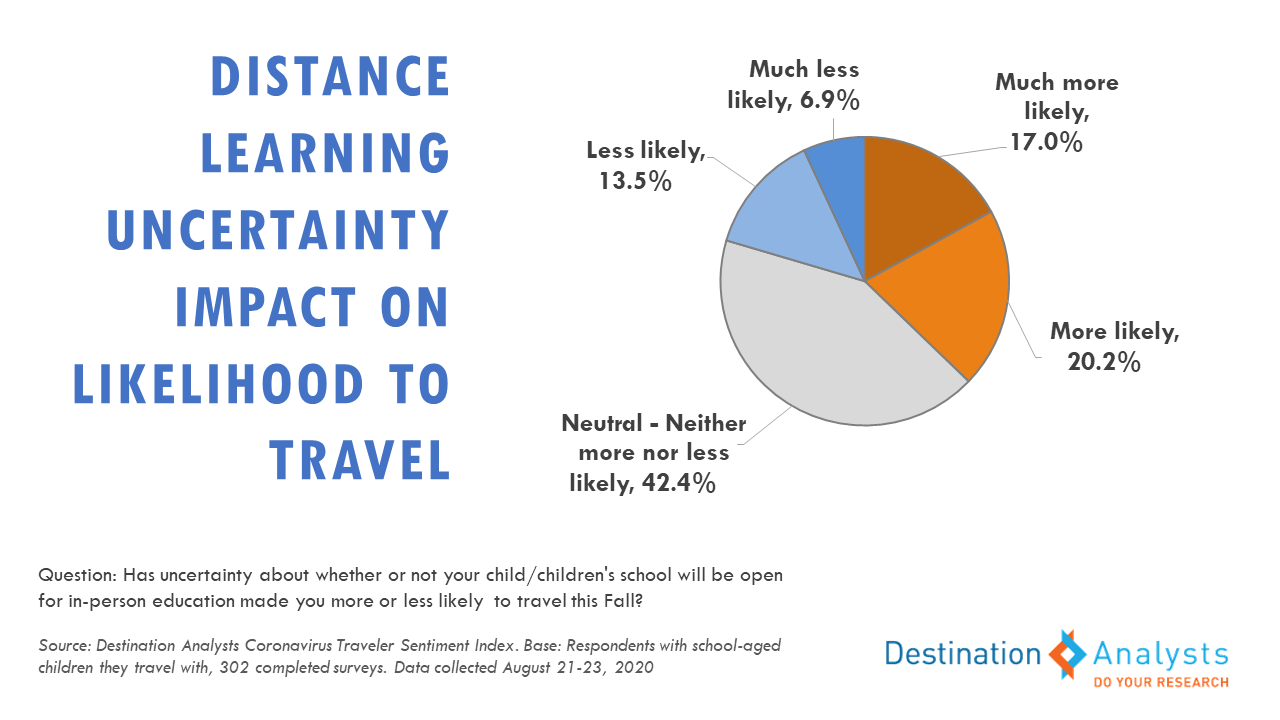Update on American Travel in the Period of Coronavirus—Week of August 24th
For Americans with trip plans in the remainder of 2020, beaches, destinations they have visited before, restaurants, time with loved ones, and finding peace of mind are top-of-mind.
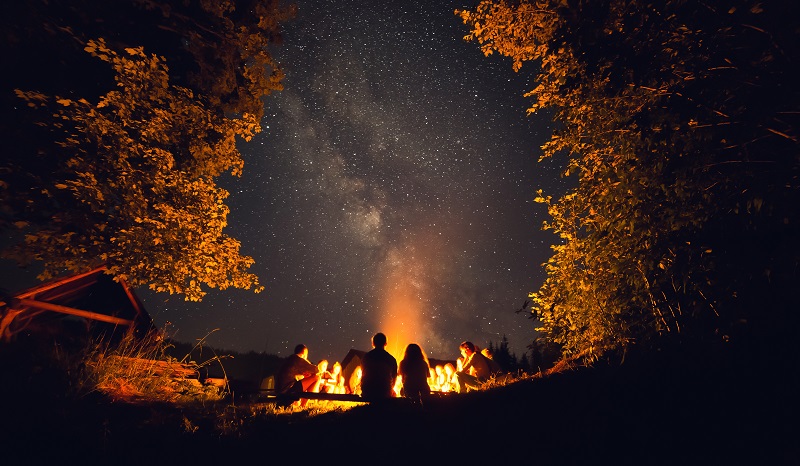
IMPORTANT: These findings are brought to you from our independent research, which is not sponsored, conducted or influenced by any advertising or marketing agency. Every week since March 15th, Destination Analysts has surveyed 1,200+ American travelers about their thoughts, feelings, perceptions and behaviors surrounding travel in the wake of the coronavirus pandemic, and explored a variety of topics. The findings presented below represent data collected August 21st-23rd.
Key Findings to Know:
- Americans’ optimism about the pandemic improving grew this past week. Nearly one in five feel the pandemic will be resolved before the conclusion of 2020.
- Three-quarters of American travelers continue to report that they at least have tentative leisure trip plans in the next 16 months, although leisure air travel still looks to take until at least 2021 until Americans are back to pre-pandemic comfort levels.
- For the remainder of 2020, approximately one-third of American travelers have at least tentative trip plans.
- In looking further at Americans with plans to travel this year, nearly half say that the COVID-19 situation has changed the travel experiences they are seeking. These travelers continue to most commonly express that spending time with loved ones is paramount, and look to be prioritizing enjoying nature, avoiding crowds. The pursuit of relaxation and finding peace of mind, amidst having fun and happiness will also be key in these travelers’ plans.
- In terms of the destinations that will be chosen for trips in the remainder of 2020, 70.4% of these travelers say they are likely to return to a destination they have previously visited, 42.0% still plan to visit a beach this year, 37.8% say they will visit a city, and 34.8% name small towns and rural areas as a trip destination.
- Half of American travelers report dining out at a restaurant in the past two months and 20.5% say they have visited an outdoor attraction. For those who have not engaged in these activities, general coronavirus safety concerns, particularly the ability to maintain social distancing, are the top reasons for their avoidance.
- When it comes to the pandemic’s impact on in-person education and the consequent travel plans of parents of school-age children, 37.2% say the uncertainty has made them more likely to travel this Fall, while 20.4% say it makes them less likely.
Americans’ optimism about the pandemic improving grew this past week. Now 42.7% feel it will get worse in the next month, down from 49.1% last week and 22.0% feel it will get better, up from 18.2%. Nearly one in five feel the pandemic will be resolved before the conclusion of 2020 (19.2%). High levels of concern for personal health and financial safety, while elevated, remain stable. About 40% of American travelers continue to report feeling comfortable undertaking leisure activities within their own communities. Perceptions of the safety of travel-related activities overall remains at mid June levels, rather than the heightened levels recorded throughout July.
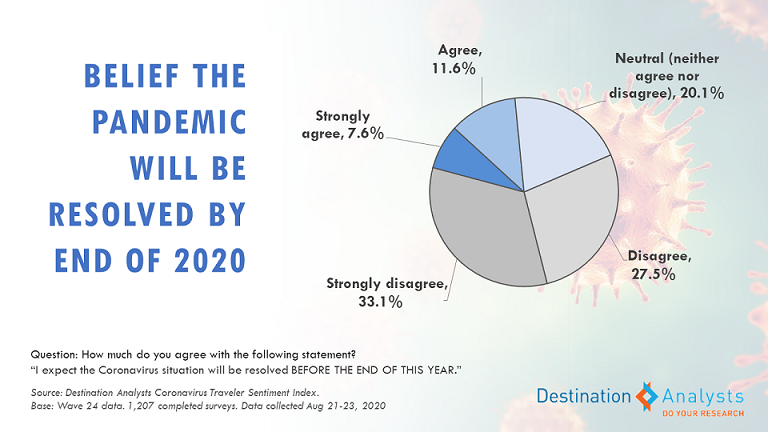
Three-quarters of American travelers continue to report that they at least have tentative leisure trip plans in the next 16 months. However, leisure air travel still looks to take until at least 2021 until Americans are back to pre-pandemic comfort levels as 45.0% say they are pushing their next air trip out to mid 2021 or later. For the remainder of 2020, approximately one-third of American travelers have at least tentative trip plans.
The pandemic, of course, has impacted how Americans consider travel and their trip experiences—even those who already have trips planned for the remainder of the year. Nearly half of these travelers say that the COVID-19 situation has changed the travel experiences they are seeking (49.1%).
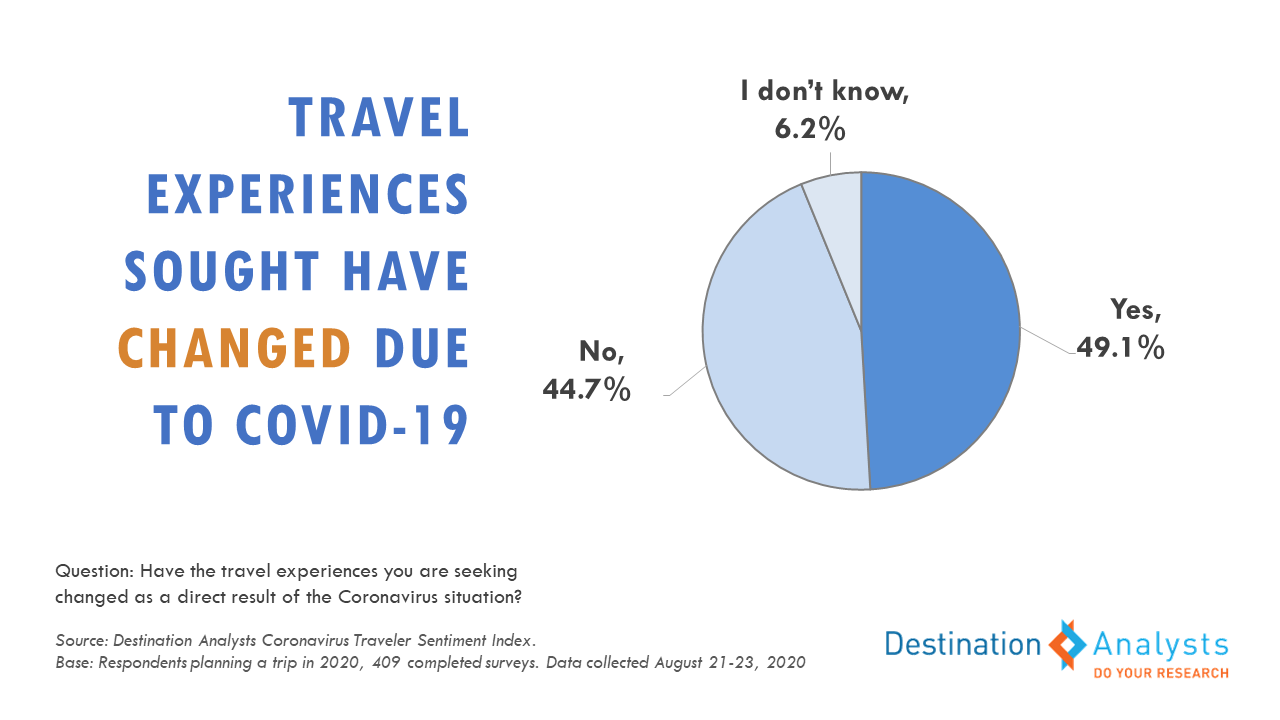
In looking further at Americans with plans to travel this year, these travelers continue to most commonly express that spending time with loved ones is paramount, and look to be prioritizing enjoying nature and avoiding crowds. The pursuit of relaxation and finding peace of mind, amidst having fun and happiness will also be key in these travelers’ plans. Nevertheless, while nearly 40% say they will prioritize excitement and energy and seeing new places, there are many who say they will prioritize budget travel and staying close to home. In fact, 33% say they will be taking a staycation* this year and 53.9% say they will be taking a regional trip under 200 miles.
(*Note: Unfortunately, over half of staycationers say that this will mean mostly staying at home instead of exploring or staying overnight in a local hotel).
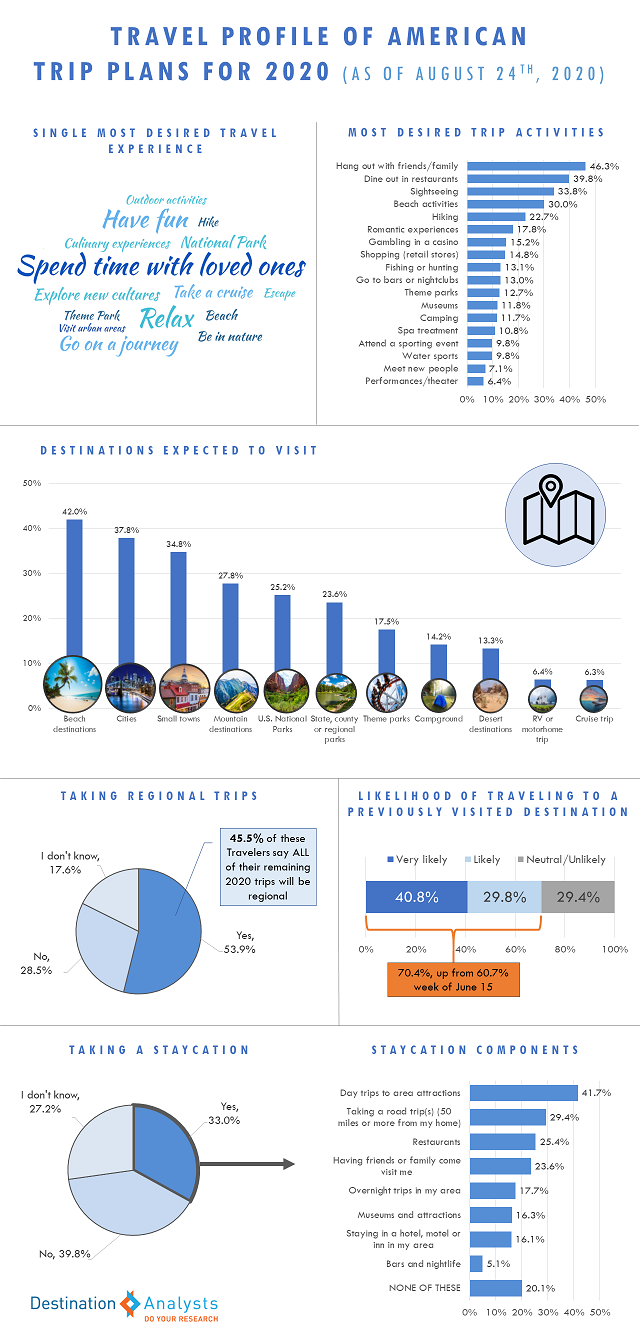
In terms of the destinations that will be chosen for trips in the remainder of 2020, 70.4% of these travelers say they are likely to return to a destination they have previously visited, up from 60.7% the week of June 15. 42.0% still plan to visit a beach this year, 37.8% say they will visit a city, and 34.8% name small towns and rural areas as trip destination. Again, the prioritization of spending time with loved ones is clear, as it tops the trip activities they most want to do, followed by dining out in restaurants and sightseeing.
Given what Americans with trip plans this year most say they want to do on their trips, it was a good time to examine recent dining out and visiting outdoor attractions behaviors. Half of American travelers report dining out at a restaurant in the past two months and 20.5% say they have visited an outdoor attraction. For both activities, less than 5% of those who report doing them said they felt unsafe during their experience. What is deterring others from patronizing these types of businesses? For restaurants, those who haven’t dined in a restaurant lately cite general coronavirus safety concerns, including social distancing, and thus feeling takeout continues to be safer. Similarly, for outdoor attractions, general COVID concerns, particularly social distancing, are top deterrents. For both activities, about one third of those who haven’t done them recently cited their concern about the behavior of others as a reason for their avoidance.
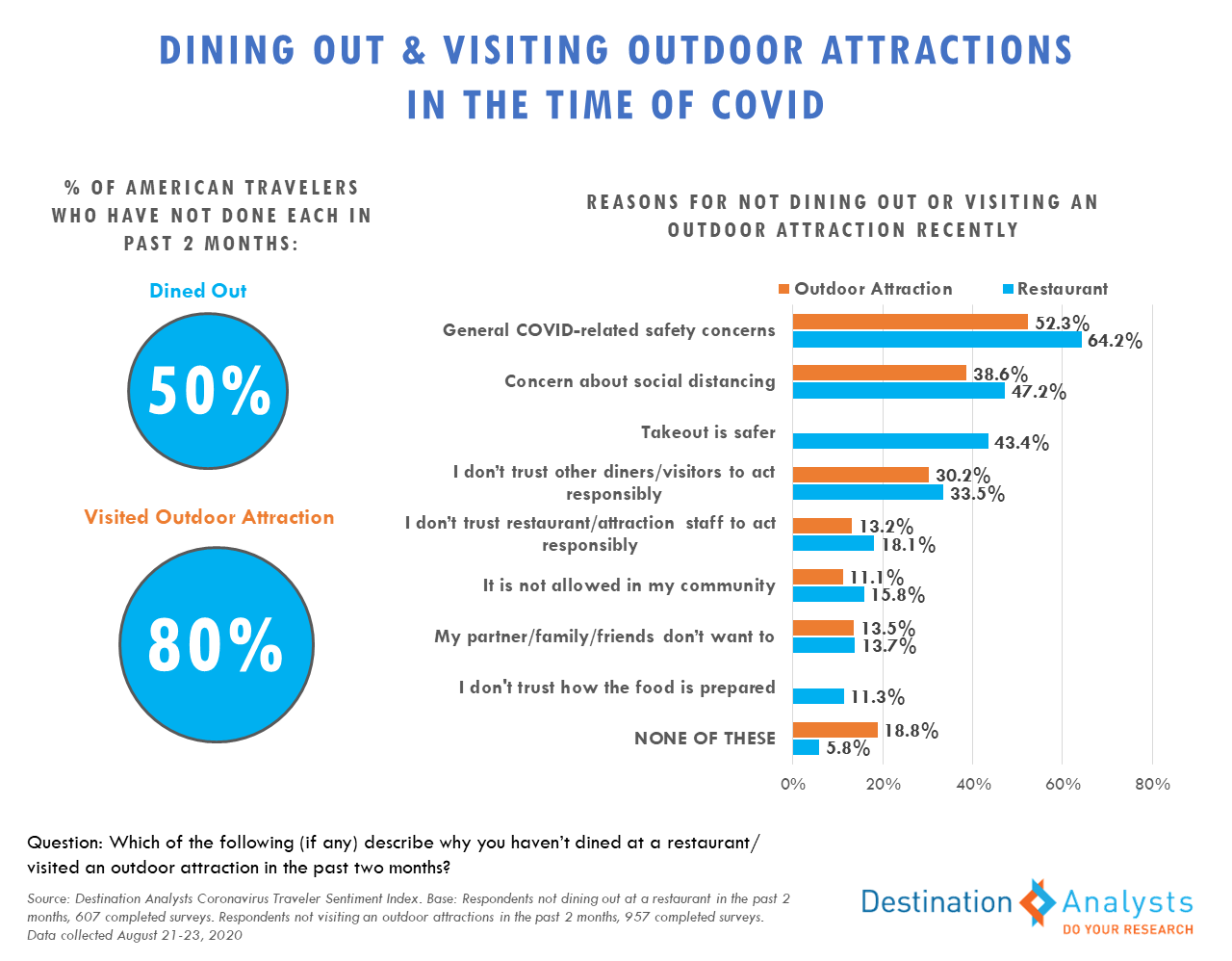
When it comes to the pandemic’s impact on in-person education and the consequent travel plans of parents of school-age children, these travelers were asked if any uncertainty about in-person education has made them more or less likely to travel this Fall. In total, 37.2% say the uncertainty has made them more likely to travel, while 20.4% say it makes them less likely. Interestingly, those that are certain that their kids will have in-person education this school year were even more apt to say that they were likelier to travel this Fall.
